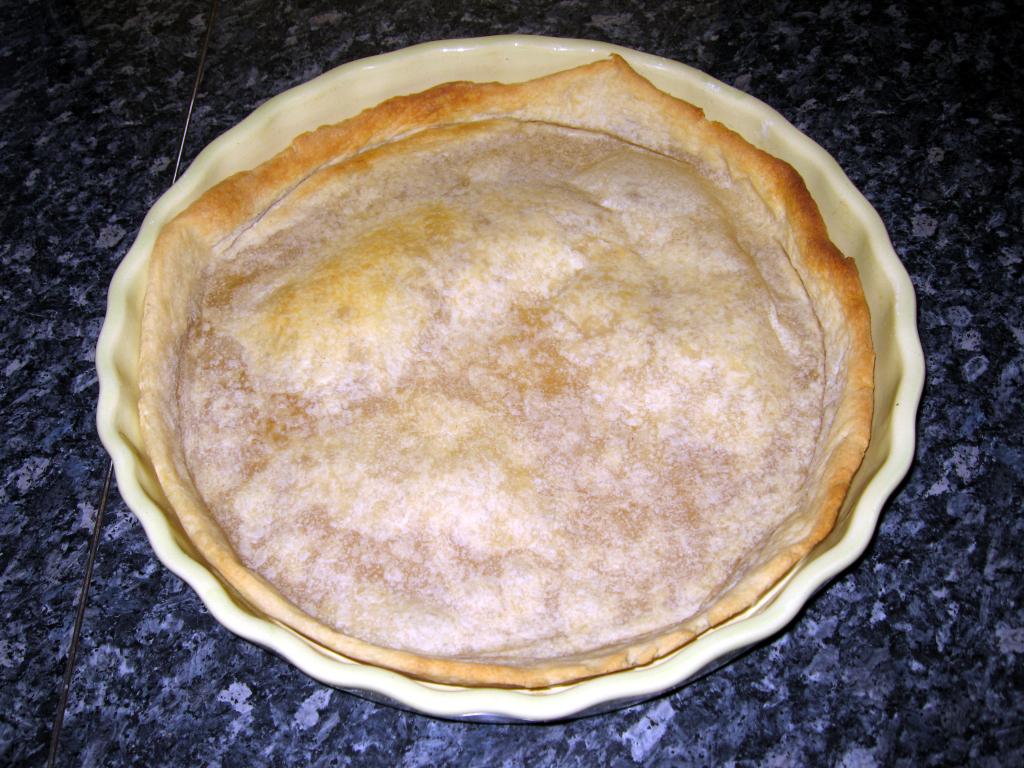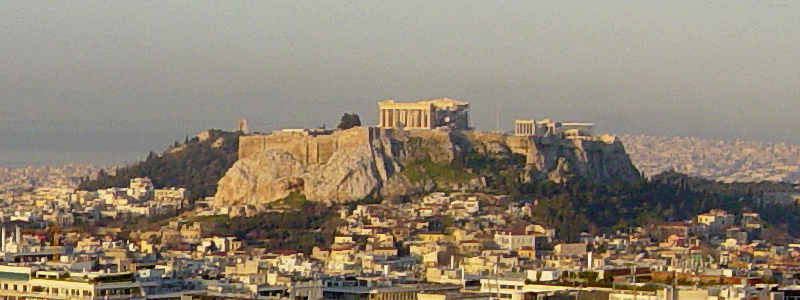|
Pâte Brisée
Pâte brisée is a type of shortcrust pastry. It is an unsweetened pastry used for raised pies with meat fillings and savory custard filled quiches like Quiche Lorraine. Etymology The name "pâte brisée" translates to "broken pastry" in English, which refers to the crumbly or mealy texture of the dough. History Pâte brisée is, according to the French-American Cultural Foundation, a classic of French pastry. The pastry has a long and storied history in French cuisine, dating back to the Middle Ages. The concept of using flour and fat to create a pastry dough can be traced back to ancient civilizations, but it was the French who refined and popularized the technique. The recipe for pâte brisée is believed to have evolved from a medieval pastry called a "coffin" or "coffyn," which was a sturdy, vessel-like pastry used to encase and cook various fillings. Ingredients, preparation and variations Pâte brisée is made with flour, cold or softened butter, eggs, salt ... [...More Info...] [...Related Items...] OR: [Wikipedia] [Google] [Baidu] |
French People
French people () are a nation primarily located in Western Europe that share a common Culture of France, French culture, History of France, history, and French language, language, identified with the country of France. The French people, especially the native speakers of langues d'oïl from northern and central France, are primarily descended from Roman people, Romans (or Gallo-Romans, western European Celts, Celtic and Italic peoples), Gauls (including the Belgae), as well as Germanic peoples such as the Franks, the Visigoths, the Suebi and the Burgundians who settled in Gaul from east of the Rhine after the fall of the Roman Empire, as well as various later waves of lower-level irregular migration that have continued to the present day. The Norsemen also settled in Normandy in the 10th century and contributed significantly to the ancestry of the Normans. Furthermore, regional ethnic minorities also exist within France that have distinct lineages, languages and cultures such ... [...More Info...] [...Related Items...] OR: [Wikipedia] [Google] [Baidu] |
Pâtisserie
A (), patisserie in French or pastry shop in English, is a type of bakery that specializes in pastries and sweets. In French language, French, the word ''pâtisserie'' also denotes a pastry as well as pastry-making. While the making and selling of pastries may often be only one part of the activity of a bakery, in some countries ''pâtisserie'' or its equivalents are legally controlled titles which may only be used by bakeries that employ a licensed "master pastry chef" (; ; ). For example, in France and Belgium, the is a pastry chef who has completed a lengthy training process, typically an apprenticeship, and passed a written examination. In other countries Europe In United Kingdom, Britain, morning goods are pastries, scones, and other products which are baked and sold fresh each day. In Croatia, the term is used to denote a patisserie that makes cakes and sweet pastries. The word is used for a bakery that bakes savory products such as bread as well as savory and sweet ... [...More Info...] [...Related Items...] OR: [Wikipedia] [Google] [Baidu] |
List Of French Desserts
This is a list of desserts from the French cuisine. In France, a chef who prepares desserts and pastry, pastries is called a Pastry chef, pâtissier, who is part of a kitchen hierarchy in French cuisine termed ''brigade de cuisine'' (kitchen staff). French desserts * * * * * * * * * * * * * * * * * * * * * * * * * * * * * * * * * * * * * * * * * File:Ujuvad saarekesed.jpg, A Floating island (dessert), floating island is a dessert consisting of meringue floating on crème anglaise. File:Chocolate Mendiants 12-20-09 -- 20091220 0312jpg (4201735363).jpg, Mendiants are a traditional French Confectionery, confection. File:Cream puff (cropped and edited).jpg, A profiterole, sometimes referred to as a cream puff in other cultures File:Tarte.tatin.wmt.jpg, Tarte Tatin is an upside-down tart in which the fruit (mostly apples) are caramelization, caramelized in butter and sugar before the tart is baked. French pastries * * * ... [...More Info...] [...Related Items...] OR: [Wikipedia] [Google] [Baidu] |
King Cake
A king cake, also known as a three kings cake or a baby cake, is a cake associated in many countries with Epiphany (holiday), Epiphany, the celebration of the Twelfth Night (holiday), Twelfth Night after Christmas. Its form and ingredients are variable, but in most cases a () such as a figurine representing the Christ Child, is hidden inside. After the cake is cut, whoever finds the fève in their slice wins a prize.Eliza Barclay: ''Is That a Plastic Baby Jesus in My Cake'' National Public Radio from 2012-2-17(englisch) Modern fèves can be made of other materials, but always represent the King or Baby Jesus. History The origin of the cake tradition was popularly believed to be related to the Roman Saturnalia.[...More Info...] [...Related Items...] OR: [Wikipedia] [Google] [Baidu] |
Marie-Antoine Carême
Marie-Antoine Carême (; 8 June 1783 or 178412 January 1833), known as Antonin Carême, was a leading French chef of the early 19th century. Carême was born in Paris to a poor family and, when still a child, worked in a cheap restaurant. Later he became an apprentice to a leading Parisian ''pâtissier'' and quickly became known for his patisserie skills. He was deeply interested in architecture and was famous for his large ''pièces montées''table decorations sculpted in sugar, depicting classical buildings. Working with leading chefs of the day, Carême extended his knowledge to cover all aspects of cooking, and became head chef to prominent people including Charles Maurice de Talleyrand-Périgord, Tsar Alexander I of Russia and the Prince Regent in Britain. He codified and to some extent simplified classical French cookery, insisted on the finest and most expensive ingredients, and was regarded as the foremost chef of his day. Carême wrote a series of books, lavishly ... [...More Info...] [...Related Items...] OR: [Wikipedia] [Google] [Baidu] |
Pâte Sucrée
Shortcrust is a type of pastry often used for the base of a tart, quiche, pie, or (in the British English sense) Flan (pie), flan. Shortcrust pastry can be used to make both sweet and savory pies such as apple pie, quiche, lemon meringue or chicken pie. A sweetened version – using butter – is used in making spritz cookies. Shortcrust pastry recipes usually call for twice as much flour as fat by weight. Fat (as lard, shortening, butter or traditional margarine) is rubbed into plain flour to create a loose mixture that is then bound using a small amount of ice water, rolled out, then shaped and placed to create the top or bottom of a pie. Often, equal amounts of butter and lard are used to make the pastry, ensuring that the combined weight of the two fat products is still half that of the flour. The butter is employed to give the pastry a rich flavor, while the lard ensures optimum texture. Types * ''Pâte à foncer'' is a French shortcrust pastry that includes Egg ... [...More Info...] [...Related Items...] OR: [Wikipedia] [Google] [Baidu] |
Stuffing
Stuffing, filling, or dressing is an edible mixture, often composed of herbs and a Starch#Food, starch such as bread, used to fill a cavity in the preparation of another food item. Many foods may be stuffed, including poultry, seafood, and vegetables. As a cooking technique stuffing helps retain moisture, while the mixture itself serves to augment and absorb flavors during its preparation. Poultry stuffing often consists of breadcrumbs, onion, celery, spices, and herbs such as Salvia officinalis, sage, combined with the giblets. Additions in the United Kingdom include dried fruits and nuts (such as apricots and flaked almonds), and chestnuts. History It is not known when stuffings were first used. The earliest documentary evidence is the Roman Empire, Roman cookbook, Apicius ''De re coquinaria, De Re Coquinaria'', which contains recipes for stuffed Chicken as food, chicken, dormouse, hare, and Pork, pig. Most of the stuffings described consist of vegetables, herbs and spic ... [...More Info...] [...Related Items...] OR: [Wikipedia] [Google] [Baidu] |
Medieval
In the history of Europe, the Middle Ages or medieval period lasted approximately from the 5th to the late 15th centuries, similarly to the post-classical period of World history (field), global history. It began with the fall of the Western Roman Empire and transitioned into the Renaissance and the Age of Discovery. The Middle Ages is the middle period of the three traditional divisions of Western history: classical antiquity, the medieval period, and the modern period. The medieval period is itself subdivided into the Early Middle Ages, Early, High Middle Ages, High, and Late Middle Ages. Population decline, counterurbanisation, the collapse of centralised authority, invasions, and mass migrations of tribes, which had begun in late antiquity, continued into the Early Middle Ages. The large-scale movements of the Migration Period, including various Germanic peoples, formed new kingdoms in what remained of the Western Roman Empire. In the 7th century, North Africa and the ... [...More Info...] [...Related Items...] OR: [Wikipedia] [Google] [Baidu] |
Recipe
A recipe is a set of instructions that describes how to prepare or make something, especially a dish (food), dish of prepared food. A sub-recipe or subrecipe is a recipe for an ingredient that will be called for in the instructions for the main recipe. Recipe books (also called cookbooks or cookery books) are a collection of recipes, help reflect cultural identity, cultural identities and social changes as well as serve as educational tools. History Early examples The earliest known written recipes date to 1730 BC and were recorded on cuneiform tablets found in Mesopotamia. Other early written recipes date from approximately 1600 BC and come from an Akkadian language, Akkadian tablet from southern Babylonia. There are also works in ancient Egyptian hieroglyphs depicting the preparation of food. Many ancient Greek recipes are known. Mithaecus's cookbook was an early one, but most of it has been lost; Athenaeus quotes one short recipe in his ''Deipnosophistae''. Athenaeus menti ... [...More Info...] [...Related Items...] OR: [Wikipedia] [Google] [Baidu] |
Ancient Civilizations
A civilization (also spelled civilisation in British English) is any complex society characterized by the development of the state, social stratification, urbanization, and symbolic systems of communication beyond signed or spoken languages (namely, writing systems). Civilizations are organized around densely-populated settlements, divided into more or less rigid hierarchical social classes of division of labour, often with a ruling elite and a subordinate urban and rural populations, which engage in intensive agriculture, mining, small-scale manufacture and trade. Civilization concentrates power, extending human control over the rest of nature, including over other human beings. Civilizations are characterized by elaborate agriculture, architecture, infrastructure, technological advancement, currency, taxation, regulation, and specialization of labour. Historically, a civilization has often been understood as a larger and "more advanced" culture, in implied contrast ... [...More Info...] [...Related Items...] OR: [Wikipedia] [Google] [Baidu] |






